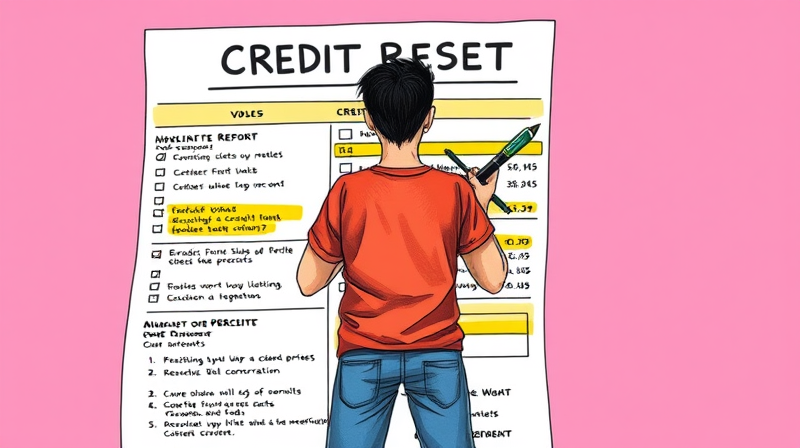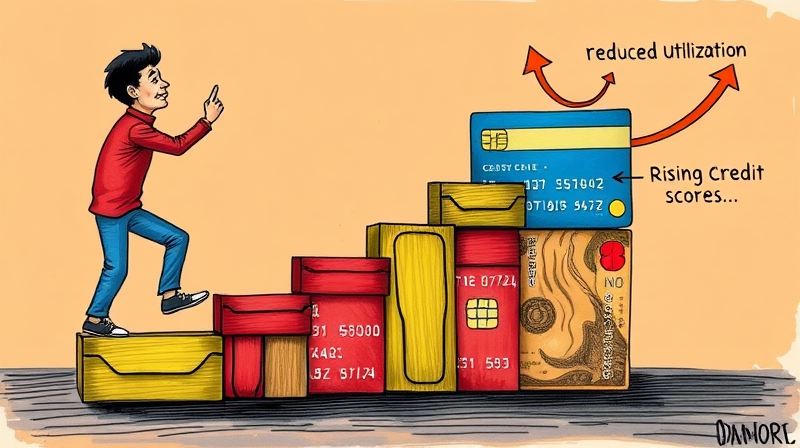
Mounting balances and soaring interest rates have left millions of Americans feeling overwhelmed. By 2025, total U.S. credit card debt has reached $1.2 trillion this year, while the average household owes around $15,000. The landscape demands a smarter, more strategic approach to repayment.
Consolidating old debt allows you to streamline monthly payments, potentially lock in lower rates, and regain control over your finances. This guide explores the methods, strategies, and expert advice you need to craft a personalized consolidation plan.
With inflation persisting and consumer spending high, many households find themselves juggling multiple high-interest obligations. Nearly half of personal loan borrowers now use proceeds to refinance credit cards, illustrating a broad shift toward consolidation.
Reducing debt ranks as the top financial priority for 42% of Americans, underscoring a collective drive to end the cycle of revolving balances. By consolidating, qualified borrowers can exchange a portfolio of high-rate debts for a single loan or structured plan with predictable terms.
These figures paint an eye-opening financial reality that demands innovative solutions. Consolidation can address the burden of variable rates and fragmented due dates.
Several avenues exist for rolling multiple debts into one manageable payment. Each option carries unique costs, benefits, and risks, so it’s crucial to match the method to your credit profile and financial goals.
Balance transfers suit disciplined payers who can clear debt before the promo period ends. Home equity products yield lower rates but put your home at risk. DMPs centralize payments through nonprofit counselors but may stay on your credit report for years.
The way you allocate extra dollars can shape both your timeline and psychological resilience. Two popular methods guide this process:
If motivation wanes without quick wins, the snowball approach may spark momentum. For those focused solely on saving money, the avalanche strategy delivers maximum long-term gains.
Not every borrower will secure the most favorable terms. Lenders typically look for:
Applying without meeting these standards could mean higher rates or rejected applications. Beware of debt settlement—while it reduces principal, it can harm your credit score and trigger tax liabilities.
Setting up autopay not only streamlines your entire process but also protects against late fees and score-damaging lapses.
Beyond the numbers, consolidating debt can yield profound emotional relief. Replacing multiple statements with a single bill lowers stress and simplifies budgeting.
Monthly savings on interest frees cash for emergencies, investments, or savings goals. Over time, the sense of progress fosters psychological momentum and confidence, reinforcing positive financial habits.
While consolidation can be transformative, it demands discipline. Avoid racking up new balances on paid-off cards. Treat zero-percent transfers as your one-time opportunity to pay down debt, not as spending credit.
Experts emphasize the importance of an emergency fund—aim for at least three months of essential expenses—before committing to long-term repayment structures. This cushion helps you stay on track when unexpected bills arise.
Finally, revisit your plan every six months. Interest rates, income, and priorities change. By remaining proactive, you ensure that your strategy evolves alongside your life circumstances, safeguarding your financial future.
References













